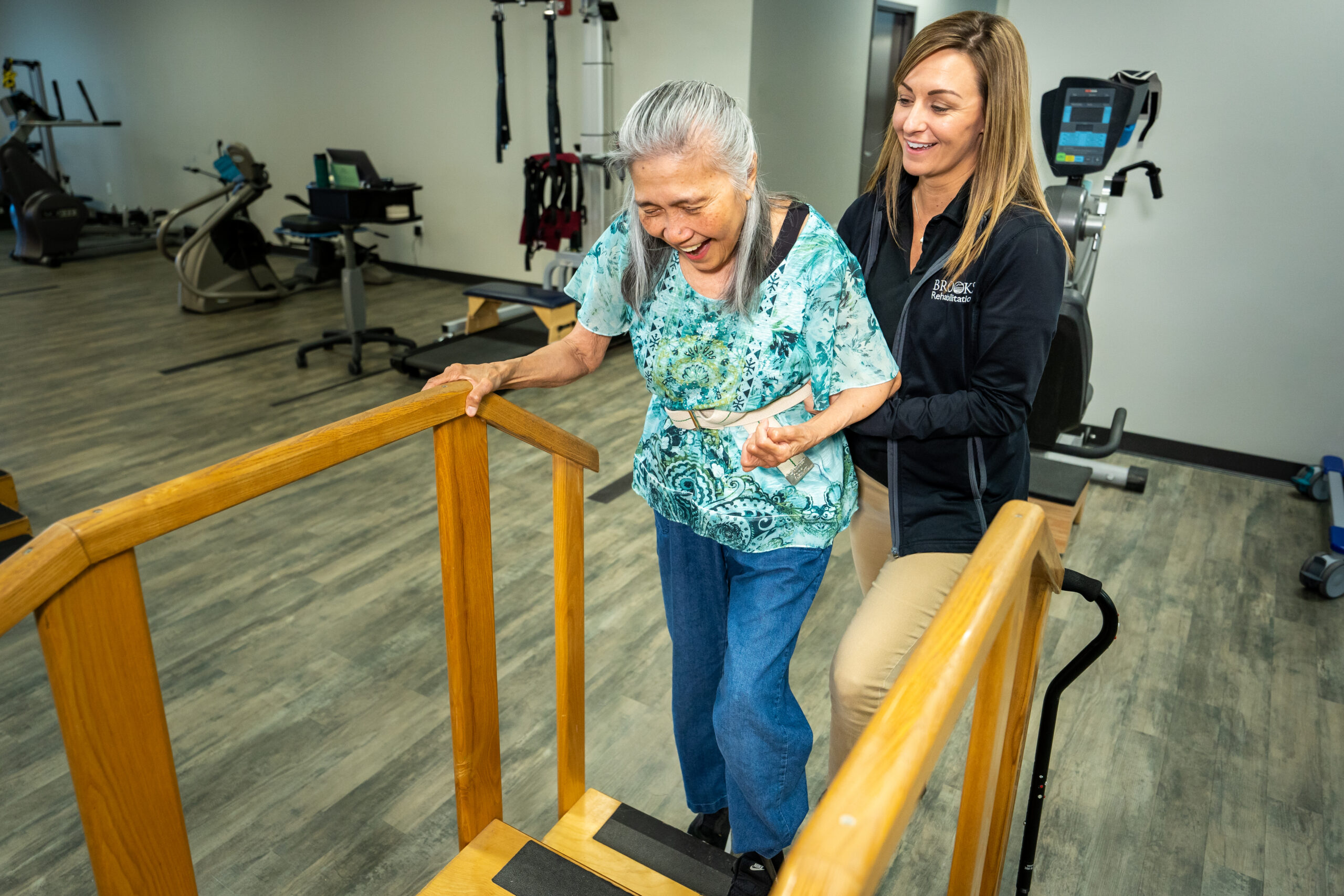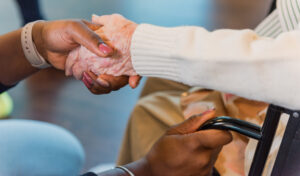What is balance and how do we “lose” it?

Back to physical health resource hub
Balance is one of those things we don’t put much thought into it until either we lose it or find ourselves feeling unstable. However, as our population grows older (it is projected that 23% of our population will be 65 years or older by the year 2060), we need to begin evaluating and improving our balance before we are already at a risk of falling.
Currently 1/4 of adults aged 65 years or older will fall at least 1 time per year. These falls can lead to significant injuries that affect quality of life and the ability to do the things we enjoy. Each year, 300,000 people are hospitalized due to hip fractures with falls being the leading cause. Injuries like these can dramatically affect our independence, lead to prolonged hospital stays, and even can lead to surgery. If these numbers alone aren’t scary enough, the Center for Disease Control (CDC) reports there has been a 20% increase in fall related deaths from 2007-2016. Those that have had a fall are also at a higher chance of further injury due to the fact that the biggest risk for falling is having fallen in the past.
So what exactly is balance, and how do we “lose” it? Or more importantly, how do we keep or improve it? Simply put, balance is our ability to remain upright and stable. Our balance is made up of three main systems: our eyes (visual system), our feet (somatosensory system), and our inner ears (vestibular system). Information from these 3 systems is transmitted to the brain, combined and used to ensure correct balance responses are made. When the information is used incorrectly, or our body is too slow to respond to the information, we lose our balance.
Unfortunately, as we age our 3 main systems of balance decline. Some examples include:
Eyes/Visual System
- Harder for us to adapt quickly from light to dark environments making it difficult to see at night, such as when getting up to use the restroom.
- Decrease in our overall vision making it more difficult to see obstructions in your path, or subtle changes in walking surfaces such as a break in the sidewalk.
Feet/Somatosensory System
- Less sensitivity to movement, meaning we have to move more before our body realizes and can tell our brain. This could be why at times you may not realize you are losing your balance until you are already falling.
Inner Ears/Vestibular System
- Less sensitive to movement, meaning we may have to move more when we attempt to regain our balance. It may mean we can’t respond as quickly or as fine tuned as before leading to an under-correction or overcorrection of our balance.
While our balance systems do decline, falling is NEVER a normal part of aging. When challenged safely and appropriately, balance can improve at any age. Also, placing ourselves in less risky situations can greatly reduce our chances of falling. This can sometimes be as simple as taking more time, or asking for assistance with activities that are more strenuous and difficult to do alone. This also may mean evaluating or assessing your home environment.
Fall Prevention Checklist
Some easy tips and modifications we can use to reduce our risk include:
- Be seen for a vision assessment in the past year to ensure no changes in vision, or that glasses may be needed.
- Ensure adequate lighting through your home. This includes the addition of night lights to safely navigate at night. There are many night lights that are motion sensitive to not disrupt sleep.
- Remove tripping hazards in your home. This includes removing throw rugs, securing carpet edges, and use of non skid rugs in the bathroom.
- Place grab bars next to the toilet or by the shower.
- Use an assistive device (walker, cane) if recommended by your physician.
- Place items on easily accessible shelves or in cabinets that are near eye level to decrease reaching or use of step stools.
Small modifications like this can go a long way in helping to reduce your overall risk for falling. While reducing external risks, there are also many ways to improve balance. Beginning a guided strengthening or balance program has been found to reduce muscle loss, reduce risk for falls, as well as fall related injuries. Many local gyms and fitness centers offer 1-on-1 fitness training that can be tailored towards your specific goals and needs. There are also many resources/community programs in the Jacksonville area, including:
Resources
Silver Sneakers
Brooks BASE Program
Brooks Balance Center
If you are concerned for your balance or believe it can be improved, speak with your physician. They can complete a balance screen, refer you to a balance specialist, or educate you on other programs available in your area.


